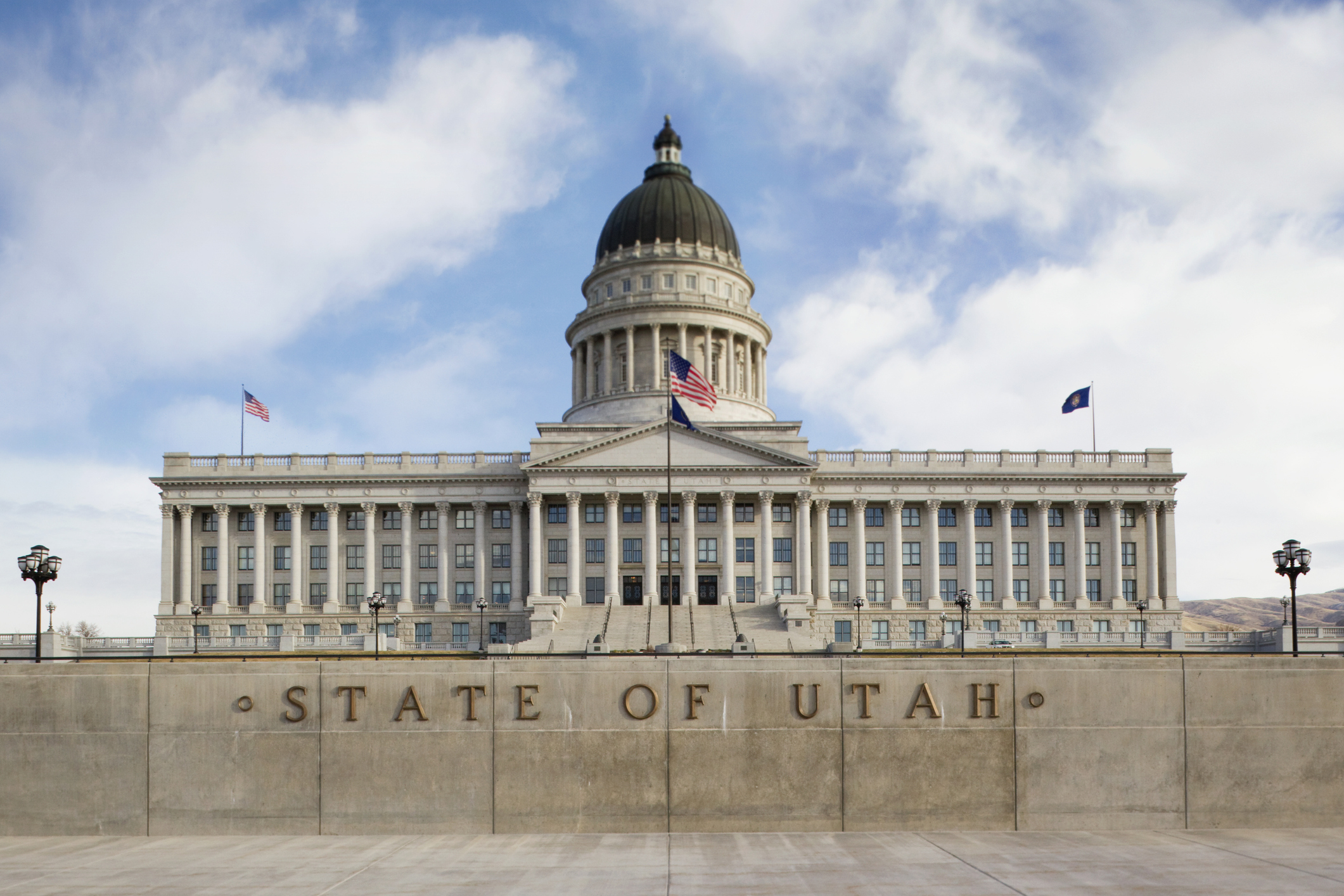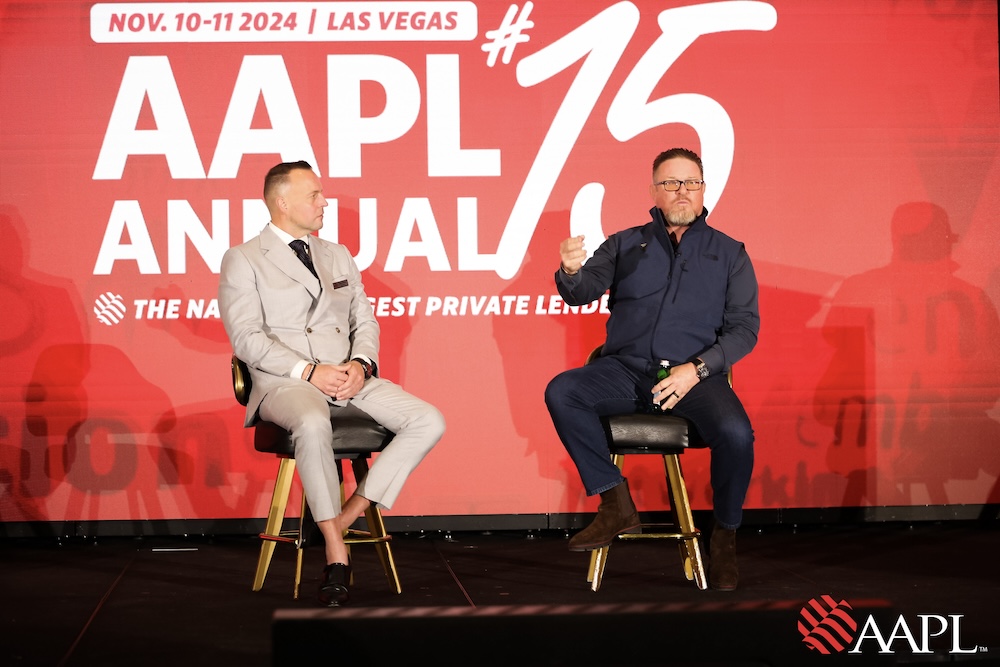California enacts major changes to the non-judicial foreclosure process.
In the final few months of 2020, much to the dismay and over the opposition of several industry groups, the California legislature approved, and the governor signed into law, SB 1079 which fundamentally changed the way in which non-judicial foreclosures conclude and certain sales are conducted. It is effective January 1, 2021.
Given that trends typically start in California and make their way east, coupled with the political climate in the country, it is not far-fetched to think other states may very well follow in proposing or enacting
something similar.
The Way It Was
Prior to the enactment of SB 1079, if the deed of trust encumbered multiple properties, the foreclosing lender typically had the right to determine whether the properties should be sold individually or as a group. Additionally, the conclusion of the trustee’s sale meant that all rights and interests of the borrower, current owner (if different), and junior lienholders in the property were wiped out. There was no post-sale redemption period for any of those parties except for the Internal Revenue Service.
The only claims those foreclosed parties had were for surplus funds, if any. The successful bidder at the sale, be it a third party or the foreclosing lender, became the owner of the property on the falling of the gavel. The trustee’s deed was then issued in the name of the successful bidder and the process was complete. Following the sale, the lender could not obtain a deficiency judgment, and the borrower had no redemption rights.
Simple, right?
As you are probably aware, like much of the country, California has been in the middle of an affordable housing crisis for many years. Except for a few years following the late 1980s, real estate prices in California have skyrocketed, continually outpacing income levels. The state government has made it a mission to look for ways to combat ever-rising prices and create ways to make housing more affordable. Unfortunately, as is often the case, the solution does not always work and can be as bad as, if not worse than, the problem.
The legislature perceived one of the problems to be big corporations and hedge funds purchasing most, if not all, of the properties at the foreclosure auction, thereby turning neighborhoods from owner-occupied areas to corporate-owned rental housing. As such, SB 1079 was enacted to, among other things, foster continuing owner-occupancy of one-to-four-unit residential properties that were sold at the foreclosure auction. Thus, this new law applies only to one-to-four residential properties.
The Way It Is Now
Even after SB 1079 became law, certain things have remained consistent. For instance, at the conclusion of the foreclosure auction, the rights and interests of the borrower, current owner, and junior lienholders are all wiped out. No deficiency judgment can be obtained by the foreclosing lender, and the borrower has no post-sale right of redemption. However, the successful bidder at the foreclosure auction may or may not become the owner of the foreclosed property.
Post-Sale Process
If the successful bidder is a natural person who gives the trustee an affidavit that they are buying the property for themselves, they intend to occupy the property as their primary residence within 60 days after the trustee’s deed is recorded, the occupancy will be for at least a year, and they are not the parent, child, or spouse of the trustor/mortgagor, the foreclosure process is complete, and no further action may be taken.
However, if the successful bidder at the auction was not a prospective owner-occupant, certain parties can now purchase the property from the trustee after the sale is concluded (called an “Eligible Bidder”). The law, codified in Civil Code 2924m, creates a new process in which these Eligible Bidders have the right to bid on the foreclosed property following the completion of the auction.
Under the new process, to be considered to purchase the property, an Eligible Bidder must deliver to the trustee—so that it is received on or before 15 calendar days after the sale—a Notice of Intent to Bid (NOIB). The NOIB is a document that essentially informs the trustee that an Eligible Bidder may put in a bid for the property. The NOIB just simply identifies the Eligible Bidder and the property. No amount of potential bid is necessary to disclose.
If the NOIB is timely received by the trustee, the Eligible Bidder has until 45 calendar days from the foreclosure sale date to submit its bid. Like all bids in California, the amount the Eligible Bidder submits must be certified funds for the full amount of its bid. If the Eligible Bidder determines it does not want to bid, there is no penalty to the Eligible Bidder—no action is required.
The class of Eligible Bidders was apparently created with the intent that it would create more opportunity for owner-occupants to purchase foreclosed properties.
Eligible Bidders are broken out into two tiers as to their priority to purchase the property.
The first tier consists of the tenant or tenants in the property. An eligible tenant buyer is someone who, at the time of the foreclosure auctions, is occupying the property as their primary residence under an arm’s length rental or lease agreement that was entered into prior to the recordation of the notice of default and who is not the mortgagor or trustor or the child, parent, or spouse of the mortgagor or trustor.
The second and final tier of Eligible Bidders are a large group consisting of:
01 A prospective owner-occupant.
02 A nonprofit organization in which an eligible tenant buyer or prospective owner-occupant is a voting member or director.
03 An eligible nonprofit corporation based in California whose primary activity is the development and preservation of affordable rental housing.
04 A limited partnership in which the managing general partner is an eligible nonprofit corporation.
05 A limited liability company in which the managing member is an eligible nonprofit corporation.
06 A community land trust.
07 A limited equity housing cooperative.
08 The state, the Regents of the University of California, a county, city, district, public authority, or public agency, and any other political subdivision or public corporation in the state.
Under the statute, the tenant or all the tenants collectively have a superior right to purchase the property. To do so, the tenants must, through their appointed representative, simply match the high bid at the sale. Upon receipt of that matching bid, the tenants become the owner of the property. If the trustee timely receives the actual bid (proceeds), then all other interests are cut off. The second tier of Eligible Bidders must exceed by at least one cent the highest bid received at the foreclosure auction.
The question then, is, when does it all end? The foreclosure sale is final upon the earlier to occur of:
- The actual foreclosure sale if a prospective owner-occupant is the successful bidder; or
- 15 calendar days after the foreclosure sale if no Eligible Bidder or eligible tenant buyer submits a bid or NOIB within said 15 calendar days following the conclusion of the sale; or
- 45 calendar days after the foreclosure sale if a notice of intent to bid is received by the trustee within 15 days following the conclusion of the sale; or
- Immediately upon the trustee’s receipt of a bid (equal to the highest bid at the foreclosure sale) from the representative of all the eligible tenant buyers, or if there was no eligible tenant buyer, upon receipt of all of the bids from those who submitted a NOIB, if sooner than 45 calendar days after the sale.
Multiple Properties
Under most deeds of trust that secure multiple one-to-four family properties, the lender or trustee has the option to sell the properties individually or together. Now in California, unless the deed of trust mandates that all the properties be sold together, the properties must be sold individually.
Remember, this is designed to prevent corporate purchasers from buying up all the inventory. In practice, however, this should have little effect on how foreclosure auctions are conducted because most lenders typically direct the trustee to sell the properties individually.
Things to Consider
Foreclosing lenders must now rethink their bidding strategies at the auction. It is common for lenders and trustees to start the bidding considerably lower than the price it would sell to a third-party at the public auction and then bid the price up based on participation in the foreclosure auction. That is no longer a wise play.
Keep in mind that following the auction, an Eligible Bidder or eligible tenant buyer has the right to submit a bid equal to or as little as one penny over the price for which the property reverted. The lender must now account for the risk that the property may be purchased post-sale for the opening bid.
There are also issues concerning taxation of imputed income, insurance claims if the property is damaged, and the enforceability of personal guarantees.
There are a lot of avenues for lenders to consider. Remember to watch your legislatures to stay informed about what they are contemplating. The best way to help them enact helpful laws is to educate them about the real-world implications of what lenders do.











Leave A Comment